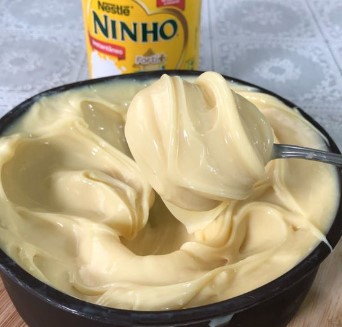Pork salami is a traditional sausage with roots in European culinary heritage, especially Italy, though it has spread and adapted to many regions worldwide. Its bold flavor, juicy texture, and versatility make it a common ingredient both for snacking and in various dishes. Often served as an appetizer, in sandwiches, or alongside main courses, pork salami is a delicacy that, while global, carries a rich history and careful craftsmanship behind each piece.
The process of making pork salami is both an art and a science, involving a blend of meat, spices, and curing. Although it may seem like a familiar product, there is great variety in types of salami depending on the region, spices used, and curing methods. Below, we explore its history, ingredients, production process, and some culinary uses of pork salami.
1. History of Pork Salami
Salami has a long story dating back to ancient times when preserving meat was vital for survival. Originally, salami served as a method to preserve meat, especially in areas without modern refrigeration. Pork was one of the most commonly used meats due to its availability in many European regions.
While pork salami is often associated with Italy—particularly regions like Calabria, Tuscany, and Emilia-Romagna—it has been made and perfected in many parts of the world. The word “salami” comes from the Italian “salare,” meaning “to salt,” since salt is a key ingredient in curing the meat. Over time, pork salami has evolved by incorporating local spices and specific curing techniques, giving each variety its unique taste.
The craft of making pork salami has been passed down through generations, with many families keeping secret recipes that give their salami a distinctive character. Over centuries, salami has become a staple enjoyed at dinners, celebrations, and as appetizers both in Europe and worldwide.
2. Ingredients of Pork Salami
Pork salami is made from a mixture of finely chopped pork, spices, and other ingredients varying by recipe. However, there are basic elements common to almost all pork salamis:
- Pork Meat: The main ingredient, typically a mix of lean meat and fat, usually around 20-30% fat, to balance flavor and texture, giving the salami its tender and juicy quality.
- Salt: Essential for flavor, curing, and preservation. Salt draws moisture from the meat, helping to keep it safe and flavorful.
- Spices: Key to the characteristic taste. Common spices include:
- Black pepper: adds a sharp, aromatic kick.
- Garlic: fresh or powdered, for a robust flavor.
- Cumin or fennel: included in some recipes to add herbal or sweet notes.
- Paprika: especially in Spanish varieties, for a smoky or slightly spicy touch.
- Nutmeg or clove: less common but sometimes added for depth.
- Wine or Vinegar: Some recipes incorporate a splash of red wine or vinegar to enhance flavor and aid curing.
- Lactic Acid Bacteria Cultures: Used in fermentation, these bacteria help develop the salami’s unique flavor and preserve it safely.
- Natural Casing: Pork salami is stuffed into natural pork casings, which give it shape and aid the curing process.
3. Production Process of Pork Salami
Making pork salami requires care and patience. Though methods vary, the basic steps are:
- Meat Preparation: Selecting quality pork, finely chopping or grinding it. Achieving the right balance of lean and fat is crucial for texture and juiciness. The meat is mixed with salt and spices.
- Mixing and Kneading: Thoroughly blending meat and spices ensures even distribution of flavors, essential for a consistent product.
- Stuffing: The mixture is stuffed into natural pork casings, tied off into small cylinders, and hung in a cool, controlled environment for curing.
- Curing and Fermentation: The salami cures and ferments over weeks or months, depending on the recipe and conditions. During this time, beneficial bacteria ferment the meat, developing its characteristic tang and helping preservation.
- Drying: After fermentation, the salami dries to develop its firm texture and distinctive flavor. Drying time varies based on salami type and thickness.
- Testing and Packaging: Once dried to perfection, the salami is tested for texture and flavor, then packaged whole or sliced for sale.
4. Culinary Uses of Pork Salami
Pork salami is a versatile ingredient used in many ways:
- Sandwiches: One of the most popular uses, pairing crisp bread with slices of salami, cheese, lettuce, and mustard or mayonnaise makes a perfect lunch or snack.
- Pizzas: A classic topping, combined with mozzarella, tomato, and olives for homemade pizzas.
- Salads: Adds a flavorful, savory touch when sliced thinly and mixed into salads with feta cheese, cherry tomatoes, and olives.
- Appetizers: Served thinly sliced alongside cheese, nuts, and crusty bread for gatherings or dinners.
- Savory Pies and Quiches: Combines well with eggs, cheese, and vegetables for rich, flavorful dishes.
Conclusion
Pork salami is a delicious cured meat with a rich history and important role in gastronomy. From its traditional production methods to its diverse culinary uses, pork salami brings flavor and texture to many dishes. Whether enjoyed on its own, in sandwiches, or as part of a main course, this food is a beloved choice for sausage lovers everywhere. Give it a try and add it to your favorite recipes!




